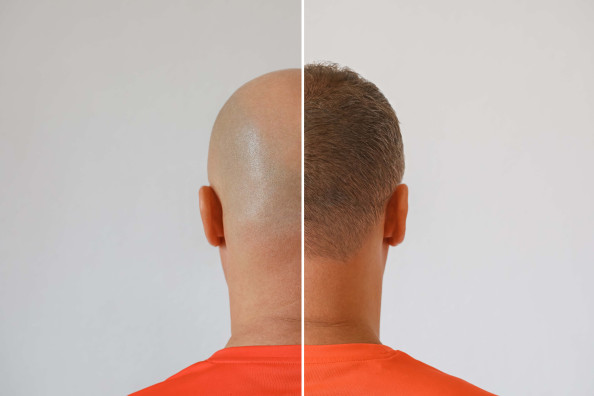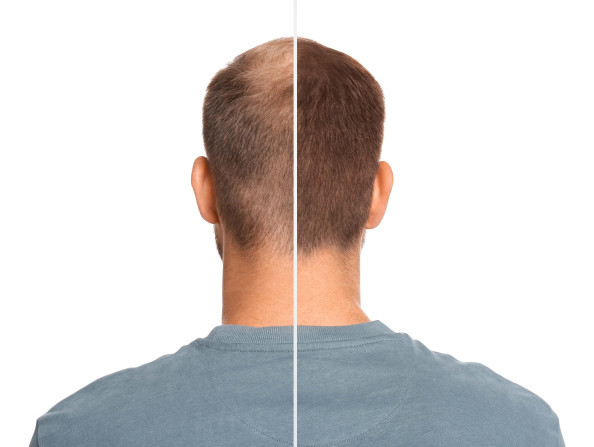FUE Hair Transplant

Along with direct hair implantation (DHI), follicular unit extraction, or FUE, is the most sophisticated hair transplant technique. The approach gradually replaced its predecessor, FUT, since it initially became known about in 1988. Due in large part to its lack of scarring following surgery, FUE became more and more popular than FUT.
Follicle unit transplantation was the primary technique for follicle extraction before to FUE (FUT or FUSS). Surgeons must create a head incision while using the FUT technique. The incision extends around the occipital region of the scalp and behind each ear. The surgeon sews the skin's ends together after removing the skin strip. The majority of surgeons have given up on this hair transplantation technique because it is now fairly antiquated.
Throughout the FUE hair transplant procedure, several staff members work simultaneously. To expedite the procedure, they divide the tasks.
- After the selected follicles are grafted with the micromotor operators, start extracting follicles with a tweezer. Meanwhile, another operator cleans and sorts the grafts in the background.
- To clean the grafts, another operator first takes the collected follicle and lines them up on a strip of surgical gauze
- Then the operator takes a bottle of spray and squirts it on the grafts.Hair follicles do not survive for long outside our body. That’s why, after the grafts are clean; we put them into a serum solution
- Serum maintains follicle protection from environmental effects, especially dehydration.
- Follicles can stay viable in this serum solution for about 8-10 hours outside the body.
- All the while, hair transplant operations usually take less than 8 hours in total.

Both surgical techniques yield dependable outcomes in terms of coverage. Since FUE and DHI procedures don't leave scars, they are currently far more common. It's actually rather uncommon to see FUT procedures performed on individuals these days.
We uniformly remove follicles from the whole donor region in both FUE and DHI procedures. This prevents areas from being overharvested and a patchwork appearance following the procedure. However, with FUT, we used to immediately remove a strip of skin that was bearing hair. It isn't as effective as the other ways these days.
Patients do not have lasting scars from FUE or DHI. This is one of these surgeries' main benefits. Our professionals will assist you with any of these techniques when you chat with us.A hair transplant operation carries some risks and potential adverse effects, just like any other surgical procedure. Most adverse effects are invisible to certain patients. Some, nevertheless, will only have minor adverse effects. Everything is dependent upon the clinic's level of care and the patient's level of effort. Among the typical adverse effects are:
- Crusting around the recipient area
- Itching around the scalp
- Hair follicle oedema (folliculitis)
- Temporary loss of sensation around operation areas
- Inflammation
We treat our patients with the highest level of care and medical expertise, which reduces the possibility of adverse consequences. Please contact our experts for further information regarding the dangers and potential negative effects of your scenario.
